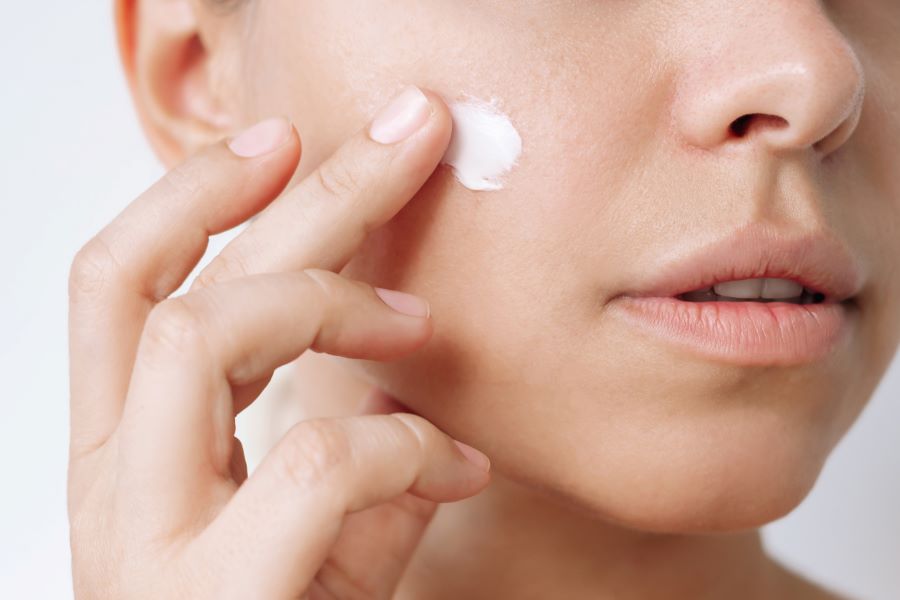Understanding Creams: Types, Applications, and Uses
Creams are versatile skincare and cosmetic products that serve multiple purposes in daily routines. From moisturizing dry skin to providing targeted treatments for specific conditions, these semi-solid formulations combine water and oil-based ingredients to deliver active compounds effectively. Understanding the different types of creams available and their proper application methods can help you make informed choices for your skincare needs.

Creams represent one of the most widely used cosmetic and skincare formulations, offering a balanced approach to delivering moisture, nutrients, and active ingredients to the skin. These products have evolved significantly over decades, incorporating advanced ingredients and technologies to address various skin concerns and conditions.
What is a Cream
A cream is a semi-solid emulsion that typically contains both water and oil-based components, creating a stable mixture through the use of emulsifiers. This formulation allows creams to provide both immediate hydration and longer-lasting moisturization compared to lighter products like lotions or serums. The consistency of creams makes them particularly effective for delivering active ingredients while creating a protective barrier on the skin surface.
The basic structure of most creams includes water as the primary component, various oils or lipids for moisture retention, emulsifiers to bind the ingredients together, and preservatives to maintain product stability. Additional components may include active ingredients, fragrances, and specialized compounds designed for specific skin benefits.
What Types of Creams
Skincare creams can be categorized into several distinct types based on their intended use and formulation. Moisturizing creams focus primarily on hydration and are suitable for daily use on normal to dry skin types. These products typically contain ingredients like glycerin, hyaluronic acid, and various natural oils.
Anti-aging creams incorporate active ingredients such as retinoids, peptides, or alpha hydroxy acids to address signs of aging like fine lines and wrinkles. Night creams are formulated to work during sleep hours when skin naturally repairs itself, often containing richer ingredients and higher concentrations of active compounds.
Specialty treatment creams target specific skin conditions such as acne, hyperpigmentation, or sensitivity. These products may contain ingredients like salicylic acid, niacinamide, or specialized botanical extracts designed to address particular concerns.
How to Apply a Cream
Proper application technique significantly impacts the effectiveness of any cream product. Begin with clean skin, as this ensures optimal absorption and prevents trapping dirt or bacteria beneath the product layer. Use clean hands or a dedicated applicator to maintain hygiene throughout the process.
Apply cream using gentle upward motions, starting from the center of the face and working outward. For body applications, use circular motions to promote absorption while stimulating circulation. The amount needed varies by product and area being treated, but generally, a thin, even layer provides the best results.
Timing of application matters considerably. Most moisturizing creams work best when applied to slightly damp skin, as this helps lock in existing moisture. For treatment creams containing active ingredients, follow specific product instructions regarding timing and frequency to avoid irritation or reduced effectiveness.
| Product Type | Brand Example | Key Features | Price Range |
|---|---|---|---|
| Daily Moisturizer | CeraVe Daily Moisturizing Lotion | Ceramides, Hyaluronic Acid | $10-15 |
| Anti-Aging Cream | Olay Regenerist Micro-Sculpting Cream | Amino-peptides, Retinol | $25-35 |
| Night Treatment | Neutrogena Rapid Wrinkle Repair | Retinol SA, Hyaluronic Acid | $15-25 |
| Sensitive Skin | Vanicream Moisturizing Cream | Fragrance-free, Gentle Formula | $8-12 |
Prices, rates, or cost estimates mentioned in this article are based on the latest available information but may change over time. Independent research is advised before making financial decisions.
Choosing the Right Cream for Your Needs
Selecting appropriate cream products requires understanding your skin type, specific concerns, and lifestyle factors. Oily skin types generally benefit from lighter, non-comedogenic formulations that provide hydration without clogging pores. Dry skin requires richer formulations with ingredients like ceramides, shea butter, or natural oils.
Sensitive skin requires careful ingredient selection, avoiding common irritants like fragrances, dyes, or harsh preservatives. Look for products labeled as hypoallergenic or specifically formulated for sensitive skin types.
Consider your environment and seasonal changes when selecting creams. Humid climates may require lighter formulations, while dry or cold environments often necessitate richer, more protective products. Age-related changes in skin structure and function may also influence product selection over time.
Understanding ingredient lists helps make informed choices about cream products. Active ingredients should be present in effective concentrations, while inactive ingredients should support the overall formulation without causing irritation or adverse reactions. Reading product reviews and consulting with skincare professionals can provide additional guidance for optimal product selection.
This article is for informational purposes only and should not be considered medical advice. Please consult a qualified healthcare professional for personalized guidance and treatment.




